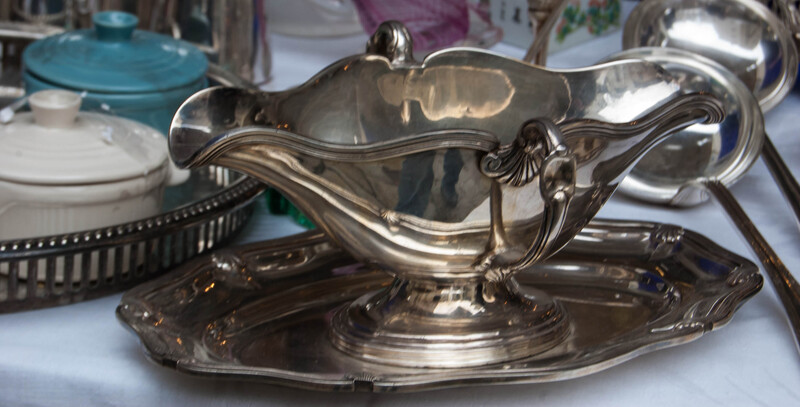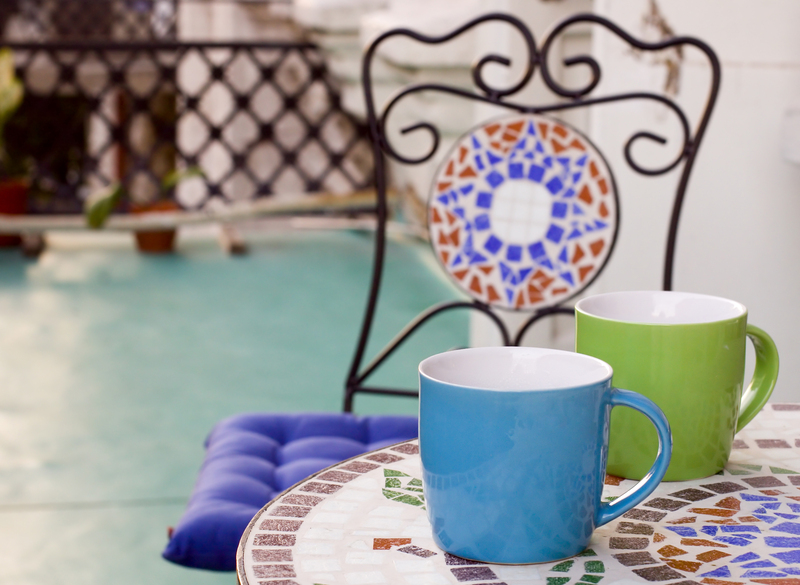The Rise of Minimalist Aesthetics
Posted on 22/04/2025
In recent years, the concept of minimizing has transcended beyond simplification and decluttering into a full-blown cultural phenomenon. The minimalist aesthetic finds its roots in post-World War II art movements, but today it influences everything from home decor to fashion, web design, and even lifestyle choices. This article examines the rise of minimalist aesthetics and the factors contributing to its growing appeal.
Historical Background
Minimalism as an artistic movement began in the late 1960s and early 1970s. It arose as a response to the ornate and complex styles that preceded it, including Abstract Expressionism. The early minimalists, such as Donald Judd, Agnes Martin, and Frank Stella, emphasized simplicity and focused on the essential elements of form, color, and line. Their artworks often featured geometric shapes, limited color palettes, and a focus on space and light.
Architect Ludwig Mies van der Rohe's famous aphorism "Less is more" became a mantra for the movement. This philosophy suggested that design should be stripped to its most fundamental features to fully appreciate its essence. This ethos later permeated various other industries, from architecture and interior design to consumer products and digital media.

Minimalism in Architecture and Interior Design
Modern architecture and interior design have adopted minimalist principles, emphasizing functionality, open spaces, and simplicity. One of the main reasons for this transition is a collective desire to escape the chaos and clutter that often characterize modern life. Clean lines, neutral palettes, and the strategic use of space help create environments that are both aesthetically pleasing and mentally soothing.
In interior design, furniture pieces are often multi-functional, reducing the need for excess items. Materials like glass, steel, and natural wood are frequently used to keep the look clean and unembellished. Storage solutions are integrated seamlessly, supporting a clutter-free lifestyle. The result is an environment that is both practical and visually calming.
Influence on Fashion
The minimalist aesthetic has also significantly impacted the fashion world. Designers like Calvin Klein, Jil Sander, and Helmut Lang are known for their minimalist approach, focusing on sleek lines, neutral colors, and timeless pieces. The idea is to create wardrobes that are not only stylish but also versatile and durable.
The rise of "capsule wardrobes" is a direct result of the minimalist influence. A capsule wardrobe consists of a limited number of essential pieces that can be mixed and matched to create various outfits. This approach encourages consumers to buy fewer, high-quality items rather than constantly chasing after fast fashion trends.
Web Design and Digital Media
With the internet becoming a significant part of everyday life, minimalist principles have found a new arena in web design and digital media. Websites and applications now prioritize user experience, focusing on intuitive navigation, fast loading times, and content that is easy to digest.
White space, simple typography, and a restrained color palette are hallmarks of minimalist web design. Pages are uncluttered, allowing users to focus on the most important elements without distraction. This approach not only enhances the visual appeal of a website but also improves its functionality and user-friendliness.
The Psychological Appeal
One of the most compelling reasons for the rise of minimalist aesthetics is its psychological impact. In a world filled with endless choices and information overload, minimalism offers a refuge of simplicity and clarity. Studies have shown that clutter can increase stress levels and reduce productivity. By contrast, minimalist environments can promote a sense of calm and focus.
Minimalism also encourages mindful consumption. Instead of accumulating possessions, people are prompted to think about the value and purpose of each item they own. This shift can lead to more intentional and satisfying lifestyles, reducing the mental and financial burdens of excessive consumption.
Sustainability and Ethics
In addition to its psychological benefits, minimalism aligns well with growing concerns about sustainability and ethical consumerism. The fashion industry's notorious environmental footprint has led many to adopt minimalist wardrobes as a way to reduce waste. High-quality, durable items are less likely to end up in landfills, and fewer purchases mean fewer resources used in manufacturing and distribution.
Similarly, minimalist architecture often incorporates sustainable materials and energy-efficient designs. By reducing the number of items we own and consume, we can significantly lessen our environmental impact. This ethical dimension has broadened the appeal of minimalism, making it attractive to those who are concerned about climate change and sustainability.
Minimalism in Lifestyle
Beyond aesthetics, minimalism has evolved into a lifestyle choice for many. Influential figures like Marie Kondo and her KonMari method have popularized the idea of decluttering to "spark joy." This approach emphasizes keeping only items that provide genuine satisfaction, thereby reducing clutter and enhancing emotional well-being.
Digital minimalism is another trend gaining traction, encouraging individuals to minimize screen time and digital distractions. Techniques such as time-blocking, app usage tracking, and even digital detoxes aim to foster a more focused and engaging real-world experience.

Critiques and Challenges
While minimalism has many benefits, it is not without its critiques. Some argue that the movement can be elitist, accessible mainly to those who can afford high-quality, multi-functional items. Additionally, the pressure to maintain a minimalist lifestyle can sometimes result in the same kind of consumer guilt that the movement seeks to avoid.
Moreover, the minimalist aesthetic can sometimes veer toward sterility, lacking the warmth and personality that more eclectic styles can offer. Critics argue that a focus on minimalism can sometimes sap spaces and wardrobes of their individuality and charm.
The Future of Minimalist Aesthetics
Despite these criticisms, the appeal of minimalism seems unlikely to wane. The principles of simplicity, functionality, and mindful consumption are increasingly relevant in today's fast-paced, interconnected world. As more people seek balance and clarity in their lives, the minimalist aesthetic provides a compelling framework for achieving these goals.
The rise of minimalist aesthetics reflects a broader cultural shift towards valuing experiences over possessions and quality over quantity. Whether through art, design, fashion, or lifestyle, minimalism offers a way to focus on what truly matters, stripping away the excess to reveal the essence.
In conclusion, the rise of minimalist aesthetics is a multifaceted phenomenon with deep historical roots and wide-reaching implications. From architecture and fashion to web design and mental well-being, the principles of minimalism resonate across various aspects of modern life. As we continue to navigate the complexities of the contemporary world, the timeless appeal of "less is more" remains as relevant as ever.
